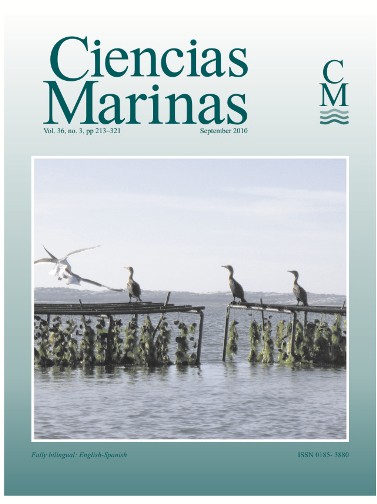Environmental and spatial effects on the size distribution of sailfish in the Atlantic ocean
Main Article Content
Abstract
Generalized regression analysis and spatial prediction (GRASP) was applied to size data for sailfish (Istiophorus platypterus) to better describe its preferential habitats in relation to juveniles and adults, based on environmental and spatial factors in the equatorial and southwestern Atlantic. We analyzed a total of 9954 lower jaw fork length size data (7541 fish caught by longline and 2413 by gillnet) from the International Commission for the Conservation of Atlantic Tunas database for 1998 to 2007. Four main environmental variables were considered: sea surface temperature (SST), mixed layer depth, chlorophyll concentration, and bathymetry. Results indicated that adults were more frequent to the east of 25ºW in areas with a shallow mixed layer (<30 m), between 3000 and 6000 m depth, and SSTs lower than 24ºC. The proportion of adults was highest at chlorophyll concentrations between 0.3 and 0.8 mg m–3. High adult densities were also observed to the west of 40ºW, both in the northern and southern parts of the study area. An opposite trend was observed in relation to juveniles, since they appear to be associated with waters with SSTs higher than 28ºC and a deep mixed layer (>50 m) on the western side, particularly between 10–20ºS and 25–35ºW.
Downloads
Article Details
This is an open access article distributed under a Creative Commons Attribution 4.0 License, which allows you to share and adapt the work, as long as you give appropriate credit to the original author(s) and the source, provide a link to the Creative Commons license, and indicate if changes were made. Figures, tables and other elements in the article are included in the article’s CC BY 4.0 license, unless otherwise indicated. The journal title is protected by copyrights and not subject to this license. Full license deed can be viewed here.

